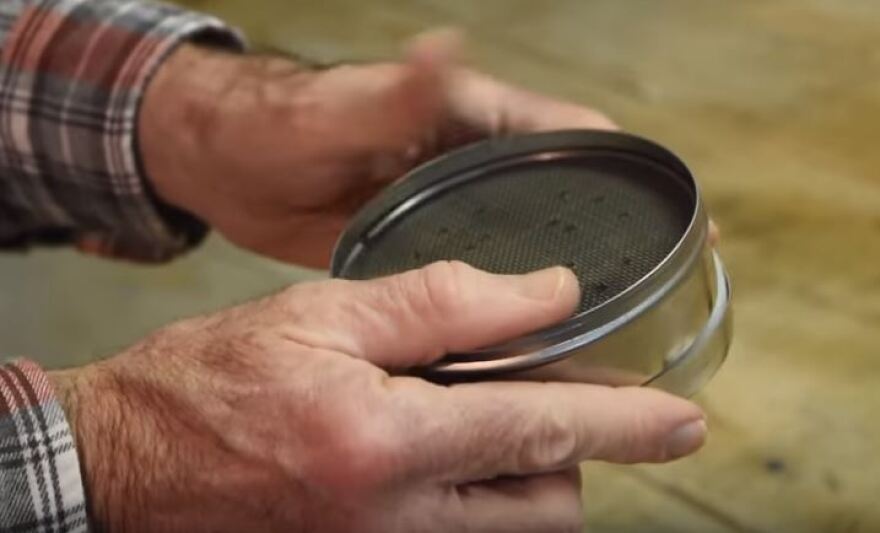BETHLEHEM, Pa. — A colorless, odorless, cancer-causing gas has been detected at high levels in about 40% of homes in Pennsylvania, and officials this month are offering free test kits to residents.
“Radon in homes is more common than you think,” said Kevin Stewart, director of environmental health for the American Lung Association. “Pennsylvania has one of the nation’s most serious radon problems. High levels of radioactive radon gas have been found in every county, but most places in the commonwealth remain under-tested, so this isn’t something that should be taken lightly.
"Testing is the only way to know how much radon is in your home. The good news is that it is easy to test. Do-it-yourself test kits are simple to use and inexpensive.”
During January, which is also acknowledged as National Radon Action Month, officials from the American Lung Association are urging residents to test their homes and mitigate if any high levels of radon are detected. A limited supply of free radon test kits are available for commonwealth residents, including the Lehigh Valley.
Funded through a grant from the state Department of Environmental Protection, kits are available at lungradonkits.org/pa. Free tests are also available locally through Radon Lehigh Valley.
Radon is the second-leading cause of lung cancer after smoking in the United States, and is a serious concern within the commonwealth.Jessica Shirley, interim acting secretary of the Pennsylvania DEP
“Radon is the second-leading cause of lung cancer after smoking in the United States, and is a serious concern within the commonwealth,” said Jessica Shirley, interim acting secretary of the DEP. “The Department of Environmental Protection remains committed to working with home builders, school districts, realtors and other Pennsylvania departments to address radon issues and keeping all Pennsylvanians safe.”
In response to the report, Gov. Josh Shapiro announced through proclamation Dec. 12 that January would be Radon Action Month in the commonwealth.
What is radon?
Radon is a naturally-occurring radioactive gas emitted from the ground.
“Radon is odorless, tasteless and colorless, and can enter a home through cracks in floors, basement walls, foundations and other openings,” officials said. “Radon can be present at high levels inside homes, schools and other buildings.
“Nationally, it is responsible for an estimated 21,000 lung cancer deaths every year and is the leading cause of lung cancer in people who have never smoked.”
In Pennsylvania, 39.1% of radon test results were at or above the action level recommended by the Environmental Protect Agency, according to the American Lung Association’s “State of Lung Cancer” report. The EPA’s action level for radon is 4 pCi/L, or picoCuries per liter of air, and the agency recommends homeowners text every two years.
The commonwealth ranks 39th among all states, according to the report.
The state DEP has radon testing data organized by zip code on its website. Zip codes entered for the Valleys major cities — Allentown, Bethlehem and Easton — show radon levels both above and below the federal safety threshold.
Residents can check their zip code here.
What do I do if test results show high levels of radon?
If test results come back above the EPA’s threshold, 4 pCi/L, officials advise confirming the results through a second round of testing.
“If your radon test result is 4-8 pCi/L, you can do a second long-term (365 days) test to get a better idea of the annual average or do another short-term test (2-7 days),” according to the state DEP’s website. “In either case, if the result is still 4 pCi/L or higher, you should take corrective action to reduce the radon levels in your home.”
To mitigate radon, officials recommend residents connect with a certified radon mitigation contractor. There is a list available online.


